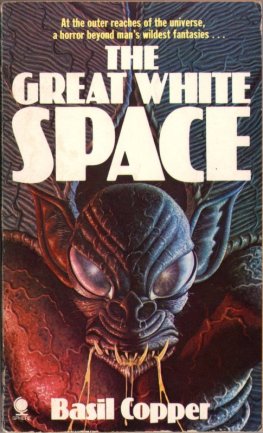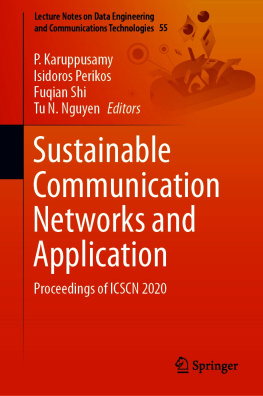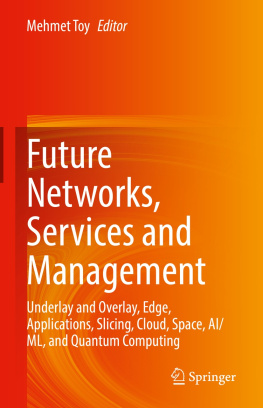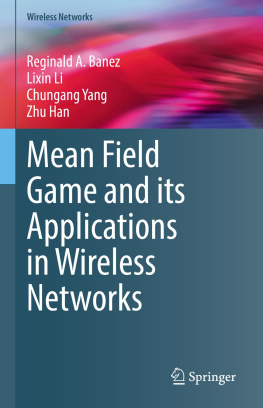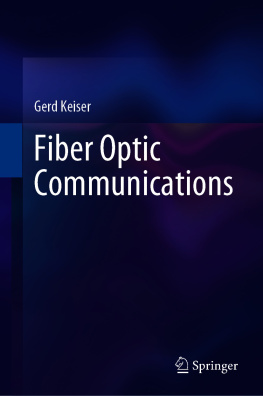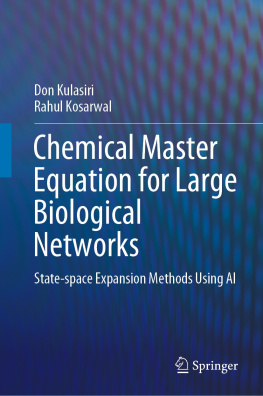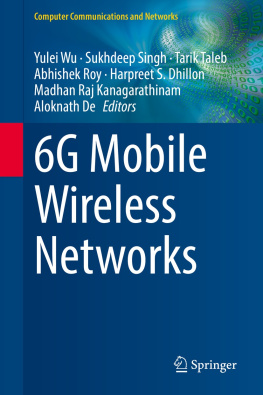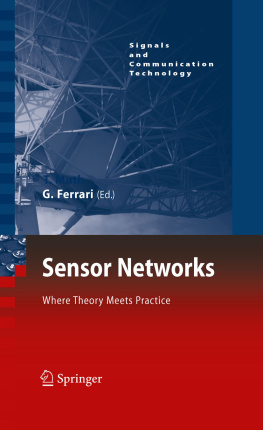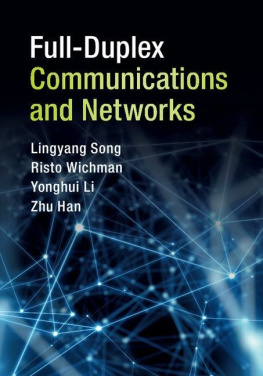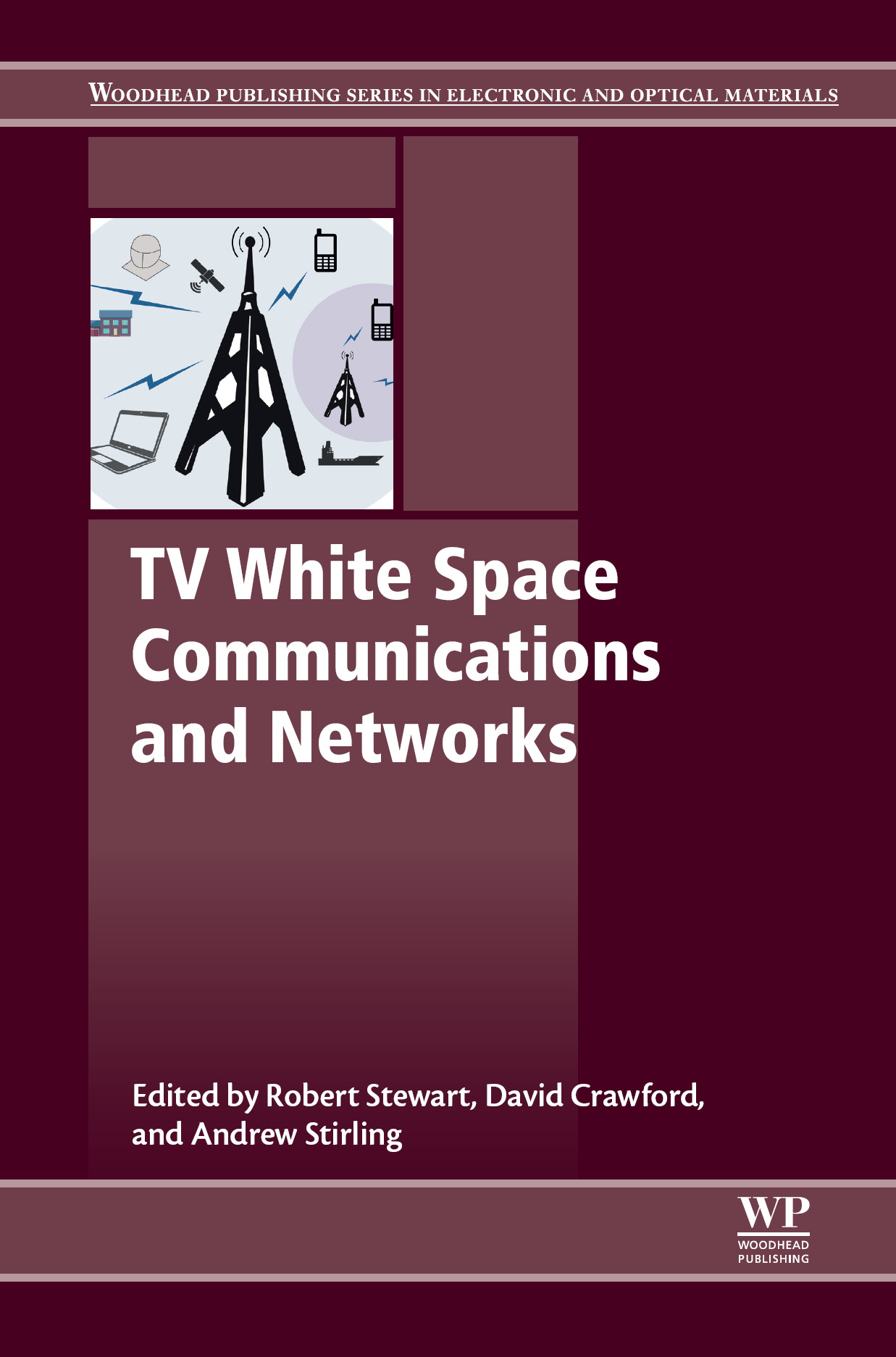TV White Space Communications and Networks
First edition
Robert Stewart
David Crawford
Andrew Stirling

Table of Contents
List of tables
- Tables in Chapter 3
- Tables in Chapter 6
- Tables in Chapter 7
- Tables in Chapter 8
- Tables in Chapter 9
List of figures
- Figures in Chapter 2
- Figures in Chapter 3
- Figures in Chapter 4
- Figures in Chapter 5
- Figures in Chapter 6
- Figures in Chapter 7
- Figures in Chapter 8
- Figures in Chapter 9
Landmarks
Part I
Technologies for TV White Space Networks
Outline
Part II
Policy, Regulation and Standardisation Issues
Outline
Part III
Commercialisation and Applications of White Space Networks
Outline
Copyright
Woodhead Publishing is an imprint of Elsevier
The Officers' Mess Business Centre, Royston Road, Duxford, CB22 4QH, United Kingdom
50 Hampshire Street, 5th Floor, Cambridge, MA 02139, United States
The Boulevard, Langford Lane, Kidlington, OX5 1GB, United Kingdom
Copyright 2018 Elsevier Ltd. All rights reserved.
No part of this publication may be reproduced or transmitted in any form or by any means, electronic or mechanical, including photocopying, recording, or any information storage and retrieval system, without permission in writing from the publisher. Details on how to seek permission, further information about the Publisher's permissions policies and our arrangements with organizations such as the Copyright Clearance Center and the Copyright Licensing Agency, can be found at our website: www.elsevier.com/permissions.
This book and the individual contributions contained in it are protected under copyright by the Publisher (other than as may be noted herein).
Notices
Knowledge and best practice in this field are constantly changing. As new research and experience broaden our understanding, changes in research methods, professional practices, or medical treatment may become necessary.
Practitioners and researchers must always rely on their own experience and knowledge in evaluating and using any information, methods, compounds, or experiments described herein. In using such information or methods they should be mindful of their own safety and the safety of others, including parties for whom they have a professional responsibility.
To the fullest extent of the law, neither the Publisher nor the authors, contributors, or editors, assume any liability for any injury and/or damage to persons or property as a matter of products liability, negligence or otherwise, or from any use or operation of any methods, products, instructions, or ideas contained in the material herein.
Library of Congress Cataloging-in-Publication Data
A catalog record for this book is available from the Library of Congress
British Library Cataloguing-in-Publication Data
A catalogue record for this book is available from the British Library
ISBN: 978-0-08-100611-5
For information on all Woodhead Publishing publications visit our website at https://www.elsevier.com/books-and-journals

Publisher: Mathew Deans
Acquisition Editor: Kayla Dos Santos
Editorial Project Manager: Lindsay Lawrence
Production Project Manager: Surya Narayanan Jayachandran
Designer: Vicky Pearson
Typeset by VTeX
Contributors
Sarbani Banerjee Belur Indian Institute of Technology Bombay, Mumbai, India
F. Rodrigo P. Cavalcanti Wireless Telecom Research Group (GTEL), Federal University of Cear (UFC), Fortaleza, CE, Brazil
Ciprian Dobre Faculty of Automatic Control and Computers, University Politehnica of Bucharest, Bucharest, Romania
Reijo Ekman Turku University of Applied Sciences, Turku, Finland
Nuno M. Garcia University of Beira Interior, Covilh, Portugal
Rossitza Goleva Faculty of Telecommunications, Technical University of Sofia, Sofia, Bulgaria
Farzad Hessar University of Washington, Seattle, WA, United States
Marko Hyhty VTT Technical Research Centre of Finland Ltd, Oulu, Finland
Jussi Kahtava Allied Spectrum Associates Ltd, Fleet, United Kingdom
Juha Kalliovaara Technology Research Center, University of Turku, Turku, Finland
Abhay Karandikar Indian Institute of Technology Bombay, Mumbai, India
Meghna Khaturia Indian Institute of Technology Bombay, Mumbai, India
Arto Kivinen Turku University of Applied Sciences, Turku, Finland
Heikki Kokkinen Fairspectrum, H2020 Coherent, Espoo, Finland
George Mastorakis Technological Educational Institute of Crete, Agios Nikolaos, Crete, Greece
Constandinos X. Mavromoustakis University of Nicosia, Nicosia, Cyprus
Jordi Mongay Batalla National Institute of Telecommunications, Warsaw, Poland
Miia Mustonen VTT Technical Research Centre of Finland Ltd, Oulu, Finland
Jarkko Paavola Turku University of Applied Sciences, Turku, Finland
Sumit Roy University of Washington, Seattle, WA, United States
Carlos F.M. e Silva Wireless Telecom Research Group (GTEL), Federal University of Cear (UFC), Fortaleza, CE, Brazil
Andrew Stirling University of Strathclyde, Glasgow, United Kingdom
Pekka Talmola Nokia, Espoo, Finland
Xuhang Ying University of Washington, Seattle, WA, United States
Preface
Robert Stewart
David Crawford
Andrew Stirling
TV white space communications and networks seems a dry title for a new approach to accessing spectrum that promises to revolutionise wireless connectivity. The combination of sub-1 GHz TV band frequencies and licence-exempt, dynamic spectrum access has been used to radically extend broadband coverage in rural and urban areas.
The focus of wireless networking innovation has been on increasing the capacity to cope with the rise in the use of smart mobile devices and the ever more powerful cloud-based services they link with. However, lack of coverage is also a problem, especially as policymakers and leading industry players are seeking to provide the economic and social benefits of getting online to as much of the world's population as possible.
By harnessing unused UHF spectrum, TV white space communications technology can help fill un-economic coverage gaps using established technologies and business models. Access to this fragmented spectrum, intimately entwined with live television broadcast services, requires a new approach to regulation termed Dynamic Spectrum Access (DSA). This new mechanism enables the safe coexistence between the established licensed services and new licence-exempt users in a way that could ultimately be used to allow flexible and rapid access to any part of the spectrum.
The book provides an introduction to and exploration of the key themes and issues associated with TV white space communications. It aims to provide the reader with an overview of the available technology and regulatory trends, and offers greater depth in TVWS fundamentals to those who want to know more. In this volume:
Illuminating contributions from leading experts in this field have been brought together.


